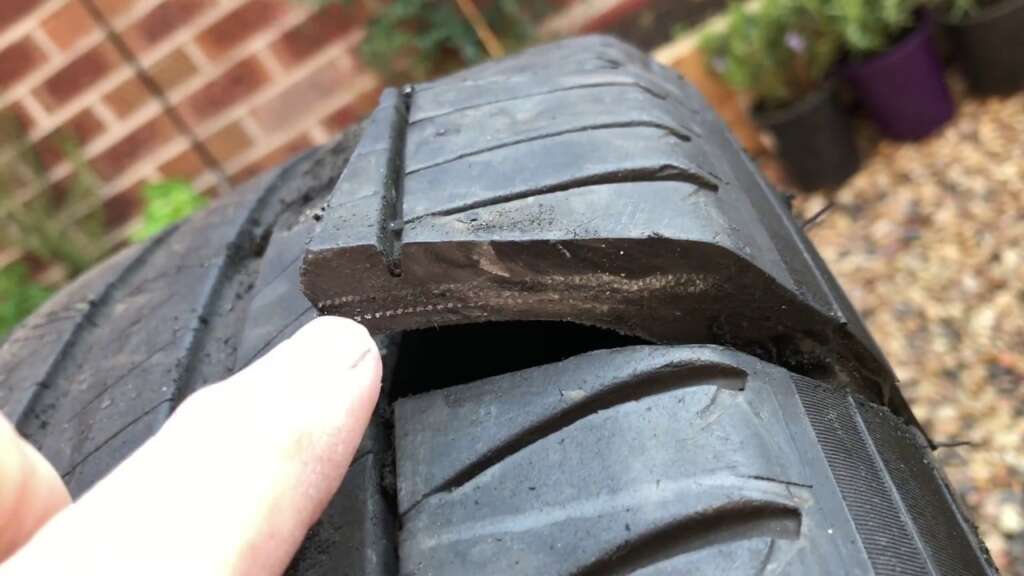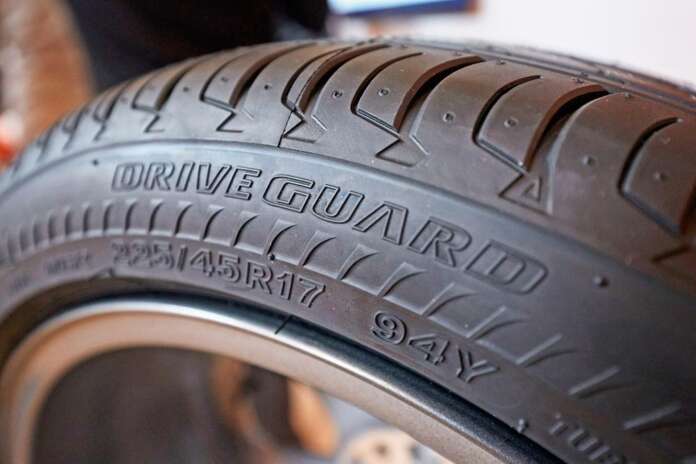According to a study conducted by the Independent, nearly 75 percent of millennials do not know how to change a car’s wheel. What happens if a tyre goes flat? What if you are on the highway and it is unsafe to pull over? This is where you may wish to invest in run-flat tyres. Given that companies like BMW include them as standard equipment, demand is rising, and the number of consumers asking about them is increasing, it is best that we answer some of the questions.
What are Run Flat Tyres?
The main difference between run-flat tyres and regular tyres is that the sidewalls of run-flat tyres are stronger. This will continue to support your vehicle despite a flat tyre. Permitting continued safe driving at a restricted speed for a restricted distance. After all of the air has been expelled from your tyre, the reinforced sidewalls will allow you to drive to a garage to have it replaced. If you attempt this with standard tyres, you will likely damage your alloy.

Benefits of Run Flat tyres
- The primary advantage of using run-flat tyres is that you do not have to change a flat tyre on the side of the road. This means that you can either drive your vehicle to a safe location where you can change the wheel yourself, or to a garage where the tyre will be changed for you.
- Occasionally, you may not realize you have a flat tyre until you have lost control of your vehicle and crashed. Run flat tyres will allow you to maintain greater control of your vehicle even when they are completely deflated.
- Most vehicles with run-flat tyres do not have a spare wheel, which reduces the vehicle’s weight. With the weight of the spare wheel and tools eliminated, fuel economy will improve.
Cons of Run Flat Tyres
- With run-flat tyres, drivers have experienced a harsher ride. As a result, the sidewalls are less flexible when subjected to stress during cornering and bumps.
- According to a number of studies, run-flat tyres will need to be replaced up to 6,000 miles before standard tyres. This will ultimately depend on the make and style of driving.
- The price of run-flat tyres can be initially discouraging. However, due to their advanced design, these theses are 20 to 30 percent more expensive.
- As they provide more stability when low on air and permit continued driving, it is difficult to detect a puncture. It is therefore recommended that you install tyre pressure sensors on your vehicle.
Although there are very strong arguments against the advantages, run-flat tyres cannot be ignored. Run flats that have repeatedly proven themselves in challenging situations could be the best option for you. Although they may be more expensive, these few extra pennies may be worth it if they help you escape a sticky situation.

